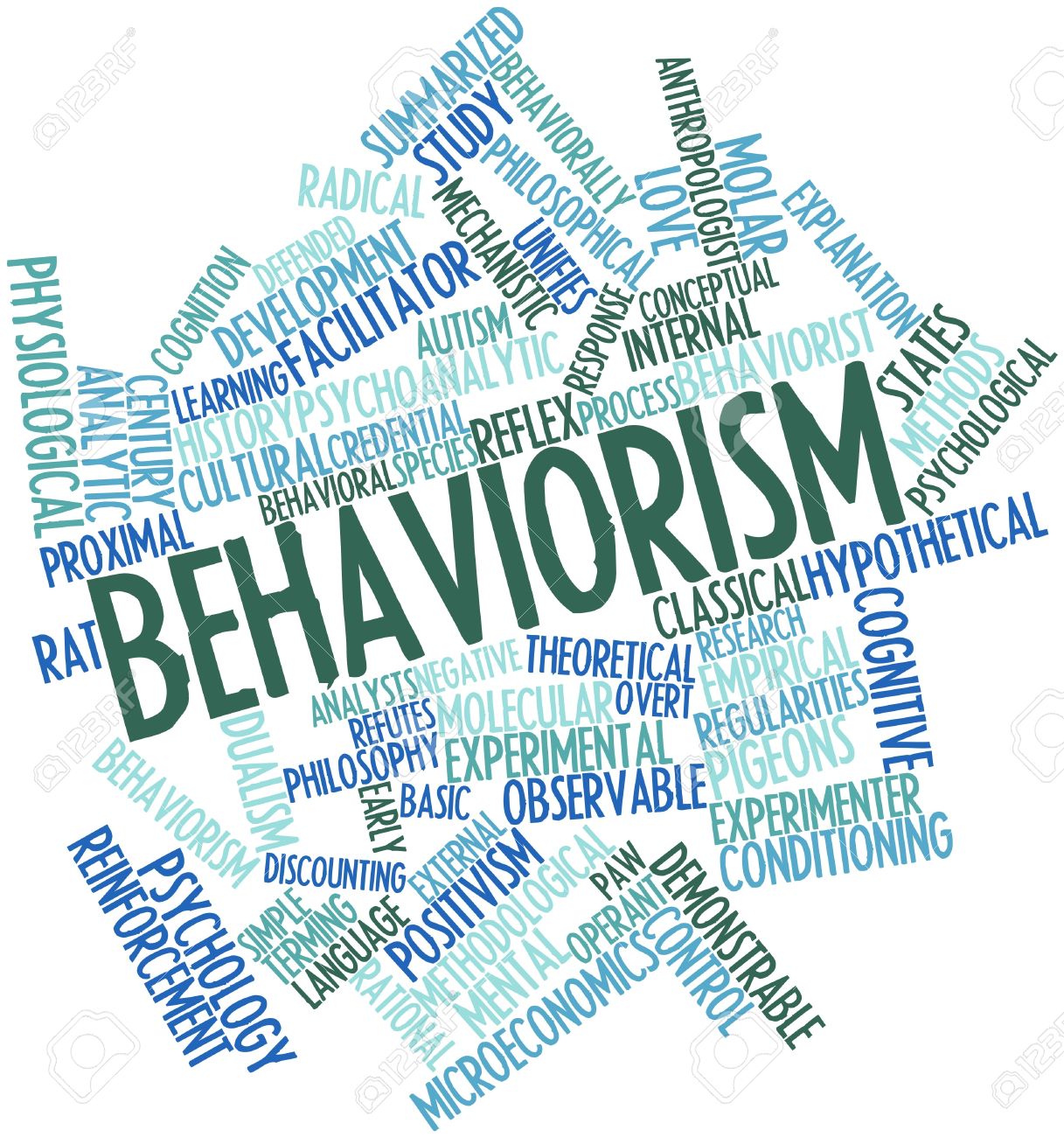When examining two variables is often easy to assume, they’re related in some feasible manner. Many often believe any two given variables are related, given a relationship in which there is an inverse or direct correlation, even if there is no correlation whatsoever. A great example of this phenomena are superstitions. Superstitions are defined as an unjustified belief in supernatural causation leading to certain consequences of an action or event. This belief tends to influence people’s decisions regarding a possible future event. Beliefs, such as these, are most commonly seen in the professional sports world. If someone’s favorite team is playing that person might feel the urge to wear the jersey he or she was wearing for their last win. The jersey and the outcome of the game have absolutely no correlation whatsoever. The players’ performance won’t change based on one fan wearing a specific shirt, however that fan believes it does. This incorrect correlation occurs due to prior bias and stereotypes, based off past experiences. I had my own superstitions which were also based off bias from past experiences alone.
Throughout my entire childhood I played football. Throughout all my years I always had a pregame ritual, although it would vary year to year depending on what I though worked best. If I missed any part of the ritual, I would blame any mistake I made on my failure to complete my pregame routine. In high school, the routine started during the night before the game. Every Thursday my dinner would consist of some type of pasta, accompanied by a Bodyarmour sports drink. After I ate, I would drink a Gatorade and take an ice bath while listening to a specific playlist. The next day the only music I would listen to was from that same playlist. Once I got out of school, I would eat a chicken dinner with another Bodyarmour. I would then change into the same shirt I’ve been wearing for games since middle school. Finally, I would listen to a different playlist before going out on the field. This most likely seems very extravagant; I was well aware of that. In addition to its extravagance I also knew it didn’t affect my performance whatsoever. However, I continued to do it because it worked in the past so why change anything. This experience is a prime example of illusory correlation; all those different variables have nothing to do with my performance in the game. Although, they worked for me in the past which prompted me to continue to do them. Just because two different variables have a relationship that doesn’t provide valid date for correlation.


:max_bytes(150000):strip_icc()/2795194-article-what-is-the-fight-or-flight-response-5a98601d8e1b6e0036df2951.png)





